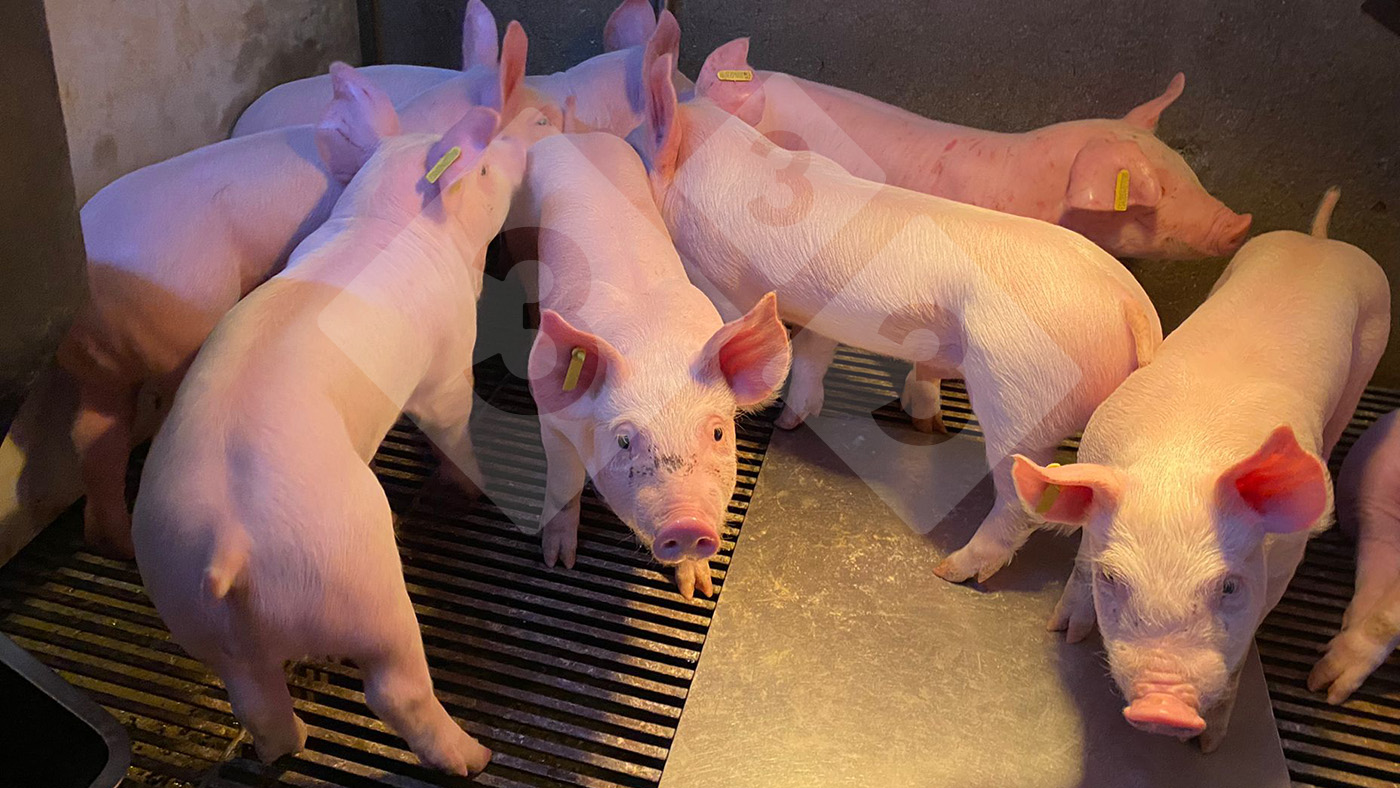Economic analysis
In order to carry out this economic analysis we have kept in mind the variables between the two types of weaning in the different phases: site 1 (reproductive sows), site 2 (weaning) and site 3 (fattening). The figures that are quoted in this article correspond to the average of real data obtained from herds that counted all together represent a census of more than 70,000 sows, and the simulator from SIP Consultors was used.
With the exception of the variants described later, the rest of the economic parameters are the same. In the study the following prices of feed have been considered: lactating sows: 0.260 €/kg; gestating sows: 0.235 €/kg; initiation feed for piglets: 0.9 €/kg, starter : 0.40 €/kg; growing: 0.3 €/kg and fattening: 0.24 €/kg.

Site 1
Some additional costs have been considered for weaning at 28 days, there is a greater feed intake from the sow and a greater initiation feed intake for the lactating piglet (7 days in both cases) and there is also the investment in the farrowing pens for a one-week stay (€2,000/place) considering a repayment period of 15 years.
Product obtained: 27.80 piglets/sow/year with 7.5 kg LW for lactations of 28 days and 25.97 piglets weaned with 6.7 kg LW for lactations of 21 days.
Results of this phase:
- The investment made in farrowing pens is the same quantity that is saved in energy in site 2 during the first 15 years. After this the energy savings of site 2 is a direct cut in costs.
- The extra cost of feed during lactation makes the 28-day-old piglet more expensive by 0.4€/piglet and the lower number of births/sow/year also increases the price of the piglet by 0.4€.
- The difference in prolificy brings the cost of the 28-day-old piglet down by 2.2€/piglet.
- The cost of a piglet at 21 days with 6.7 kg is 25€ : 3.7 €/kg of weaned piglet.
- The cost of a piglet at 28 days with 7.5 kg is 24€ : 3.2 €/kg of weaned piglet.
- Observations taken from the specific study: when there is a difference inferior to 0.9 total births between the two types of weaning, the cost of the weaned pig is more economic for weaning at 21 days, however, the cost per kg continues to be more economic at 28 days until the total number of births for 28 days is 0.5 fewer than for weaning at 21 days.
 Site 2: (weaning – 20 kg live weight)
Site 2: (weaning – 20 kg live weight)
The improvements obtained in real situations with weaning at 28 days have been considered with the following parameters: 12% reduction in energy use, same transformation rate but different management of the feed offered: reduction of 50% in initial feed intake, reduction of 20% in pre-starter intake and increase of 10% in starter feed, reduction of 30% in medical costs, reduction of 50% in the percentage of losses and finally a 10% improvement in daily growth.
Results of this phase:
- The improvement in ADG represents a reduction of 5 days and 0.4€/piglet of 20 kg.
- The reductions in mortality and medical costs represent a reduction of 0.6 and 0.3 €/piglet of 20 kg.
- The supply lower quantities of expensive feed represents a reduction of 1.1 €/piglet of 20 kg.
- The cost of a 21 day lactation piglet of 20 kg is 40 €: 2.0 €/kg of weaned piglet and 1.13 €/kg increased in this period.
- The cost of a 28 day lactation piglet of 20 kg is 36 €: 1.8 €/kg of weaned piglet and 0.96 €/kg increased in this period.
Site 3 (20 – 105 kg LW)
The improvements obtained in real situations with weaning at 28 days have been considered with the following parameters: 30% reduction in medical costs, 25% reduction in mortality and a 5% improvement in the average daily gain.
Results of this phase:
- The improvement in ADG represents a reduction of 4 days and 0.4€/pig produced of 105 kg.
- The reductions in mortality and medical costs represent a reduction of 1.2 and 0.6 €/pig of 105 kg.
- The cost of a 21 day lactation piglet of 105 kg is 116 €: 1.10 €/kg of live pig and 0.89 €/kg increased in this period.
- The cost of a 28 day lactation piglet of 105 kg is 110 €: 1.05 €/kg of live pig and 0.87 €/kg increased in this period.
- The reduction in the number of days in site 3 for 28-day weaning means we do not have to increase the number of places in the growing and fattening phases since there is a greater rotation which compensates the greater production. A hugely important management factor in big operations was not considered: the quantity of animals that must be separated during the transfer from site 1 to site 2 and from site 2 to site 3 due to poor growth, low weight, etc, is almost half if the piglets are weaned with over 7.5 kg than if they are weaned with less than 7.5 kg.
From the overall analysis of the present situation we calcúlate an optimization of €6 per pig if weaning is at approximately 28 days instead of at approximately 21 days. If the prices of feed and energy increase the difference is even greater and vice versa.
Author’s note: I would like to express my thanks to PigChamp Pro- Europa and to Servicio Técnico de Cefusa for supplying the field data without which it would be difficult to argue the points made in this article.




